Pigeon Breeding – Correct Line Breeding, Fixing Champion Blood
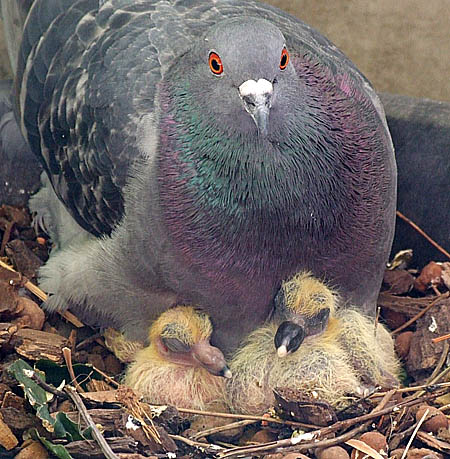 The young fancier and perhaps the old fancier, too, may desire a little knowledge upon the important subject of pigeon breeding, in particular line breeding, or, in any case, a system by means of which they can establish a line of speedy birds, likely to win in the best of company. There is no need to have a loft of fifty birds, to win classic events, in these days of specialization. By specialization, I mean the concentrating upon a certain strain.
The young fancier and perhaps the old fancier, too, may desire a little knowledge upon the important subject of pigeon breeding, in particular line breeding, or, in any case, a system by means of which they can establish a line of speedy birds, likely to win in the best of company. There is no need to have a loft of fifty birds, to win classic events, in these days of specialization. By specialization, I mean the concentrating upon a certain strain.
Most fanciers have, within their lofts, a bird that has performed exceptionally well during the racing season; a bird which has been bred from a pair of birds within the loft. Here then, are the necessary materials for the building up of a strain.
If the pride of our pigeon breeding loft is a cock bird, then, the following season he must be mated to his dam; and if there is a hen, she must be mated to the sire. This is termed ‘reciprocal mating’, at least, I call it such. The youngsters off both these matings are carefully ringed, checked into the pedigree book. Without careful noticing, the success of the system is futile.
The hens of the sire, we will term, 3A, and the cocks off the dam, 3B. The sire is numbers 1, and the dam numbered 2. No. 1 is mated to a 3a hen, and 3b cock to number 2. The young birds are carefully trained and raced, and it is just possible that the youngsters off the sire, may be better than those off the dam. It may be the other way about, and the young off the dam may be the better. This is a possible method of checking whether the sire or dam was the producer of the champion. If the inheritance of the champion bird came from the dam, then we have intensified the possibilities of speed, by mater her champion son to herself.
The progeny of 1x3a will be marked 13a in the stud book, and the progeny of the 1x3b mating will be 13b. Now the fancier may mate a hen off 1x3b, back to No.1 and 2 is naturally half the blood of the dam, and, according to the generally accepted theory of Mendelian laws, governing pigeon breeding, the son only takes after the dam, in proportion of one twenty-fifth of her blood. If this be so (and personally I have up to the present accepted the theory) then the son is only one twenty-fifth part related to the dam, so that it is not close inbreeding.
That being so, the daughter of the son and dam, which is mated back to No. 1, is a grand-daughter, and contains only one-fiftieth part of the grandsire’s blood. To mate these two birds, again, is not close inbreeding and, in the same ratio, to mate the inbred grandson back to the granddam is only mating back one fiftieth of her blood.
It may be, that both the male and female lines will fly and perform exceedingly well; or it may be that one line only shows the greater percentage of winners.
When a champion bird appears in a loft, that is somewhat unrelated, I am a great believer in the theory that it is a case of reversion to a champion ancestor. In either case the sire or dam’s side, and by reciprocal mating, we can trace or chase the elusive quality, much better than by outcrossing. It may be said that we are breeding a line of weak birds, but this has long ago be disproved.
A system as above may be continued for many generations, and, after the third season, the young or the sire’s side may be mated with the young of the dam’s side, and a cock and hen picked, for again mating back to the No. 1 cock and No. 2 hen. It is a system of line breeding similar to that known as the Felch’s system, but, I would not care to go to the extreme length or going beyond five seasons, at which date I would introduce a specially selected hen of the same strain, but far distantly removed.
Why a new hen? Because experienced fanciers know that a new cock bird can mate with several hens without our knowledge, but the new hen can only mate with the one cock bird. Some cock birds are not at all faithful to their hens, and will court any hen in the loft that may be amorously inclined.
I once say this happen, when a red chequer pied cock bird mated to a blue chequer hen, through the hen was really mated to a chequer cock for several seasons. The progeny turned our red chequer pieds, and but for the observation, I would have pedigreed them as off the hen’s real mate, the chequer.
The birds that show any tendency to weekness in physique, provided they are raced, will soon be eliminated from the loft. In well know lofts that have already adopted this system of breeding, the percentage of weaker typed birds are not greater than under the ordinary system of outcross pigeon breeding.
Speed, and more speed, is necessary these days, when fanciers are concentrating upon a few selected birds, and giving them intensive, carefully thought out training and racing. Haphazard selection of a dozen or fifteen birds from the loft of possibly sixty and seventy birds, is putting the fancier on the plane of a novice just starting with a few well bred birds. I could name one prominent English fancier, who races not more than six birds in the chief races, against wealthy fanciers who send as many as twenty birds, and the fanciers with six birds wins a greater percentage of races, because he knows his pedigrees and performances and is in closer contact with the individualities of each bird. And we fanciers know the each bird is as different as two human beings in character and mannerisms.
By pigeon breeding on the system outlined above, a fancier has a perfect right, within a few years to claim his name to the strain, because it is a more or less recognized principle that it takes four seasons to form some distinctive characteristic in bird or animal bred on a system of linebreeding.
Editors Note: These articles have been reproduced with the permission of “The Gazette”, a publication of the South Australian Homing Pigeon Association Inc. The articles were originally supplied by Mr. John Pryor from his late father Keith’s scrap book on Pigeons.
Pigeon Breeding – Correct Line Breeding, Fixing Champion Blood
The Leading Online Pigeon Racing and Racing Pigeons Magazine – The Pigeon Insider

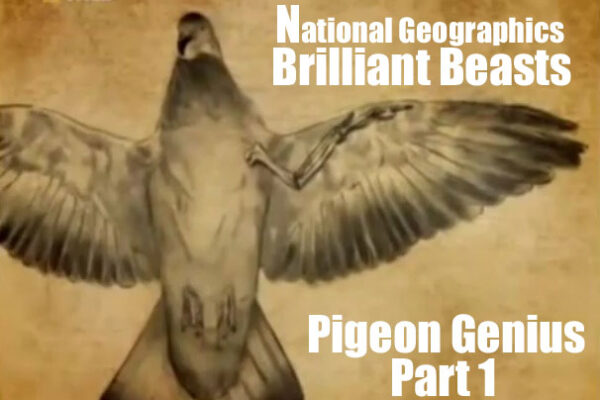
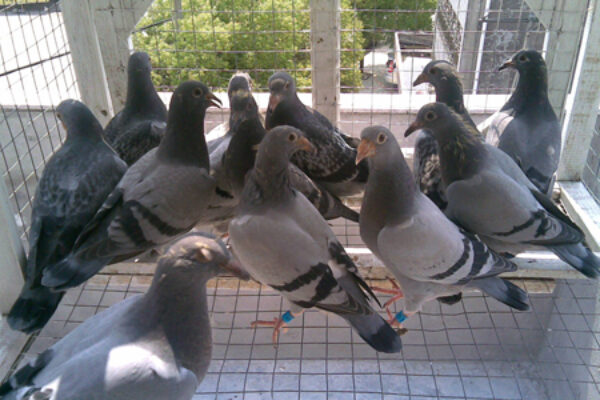
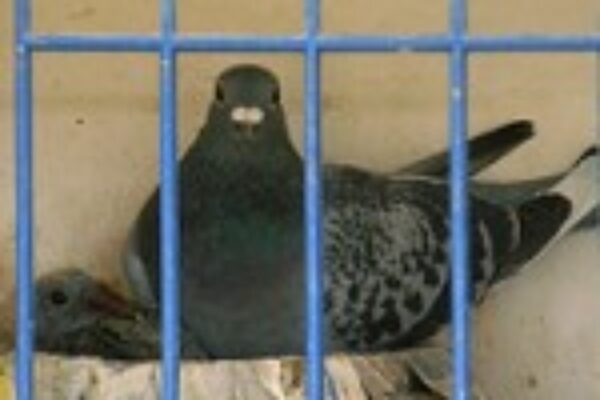
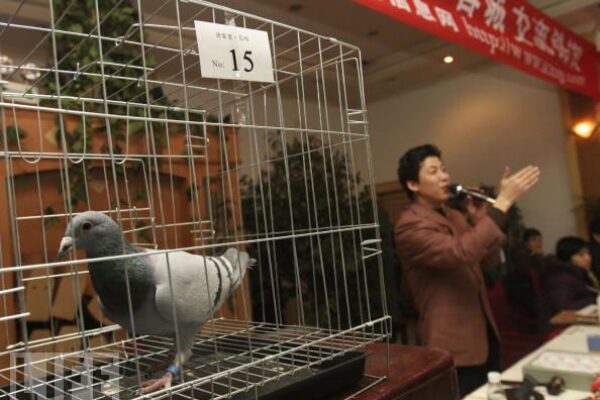
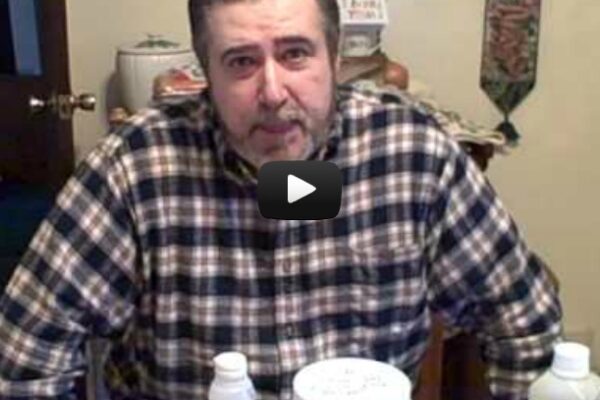
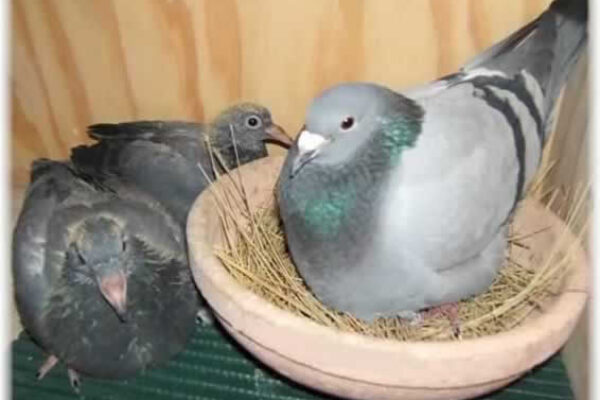


Also he says the 1x3b mating – he says the cocks off the dam are labeled 3b and yet says the sire is number 1 – doesn’t make sense because he is saying breed cock to cock isn’t he? Proof reading along with clarity Tom suggests might make this palatable! Good stuff to try but we need visuals, proof reading etc.
I caught that as well. I think he meant 2X3b.